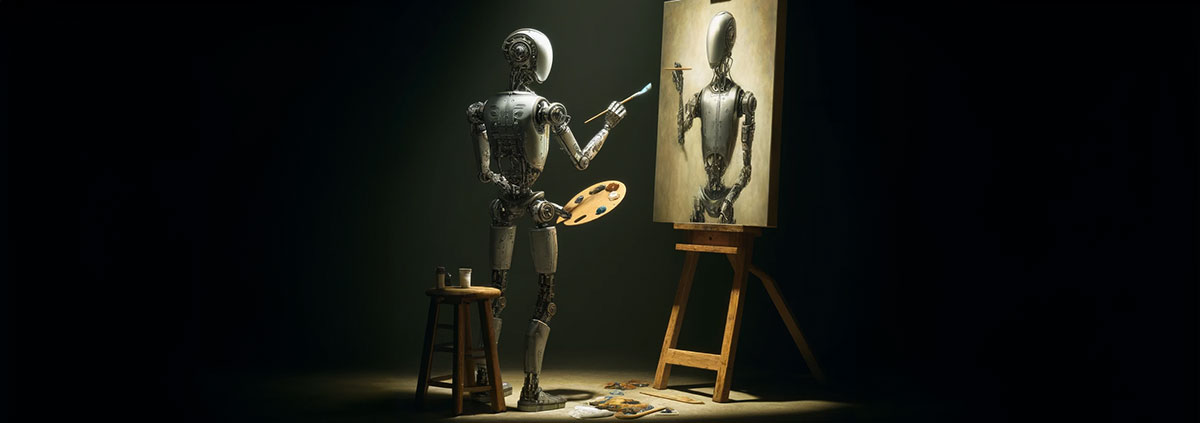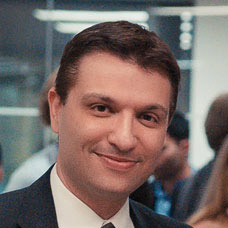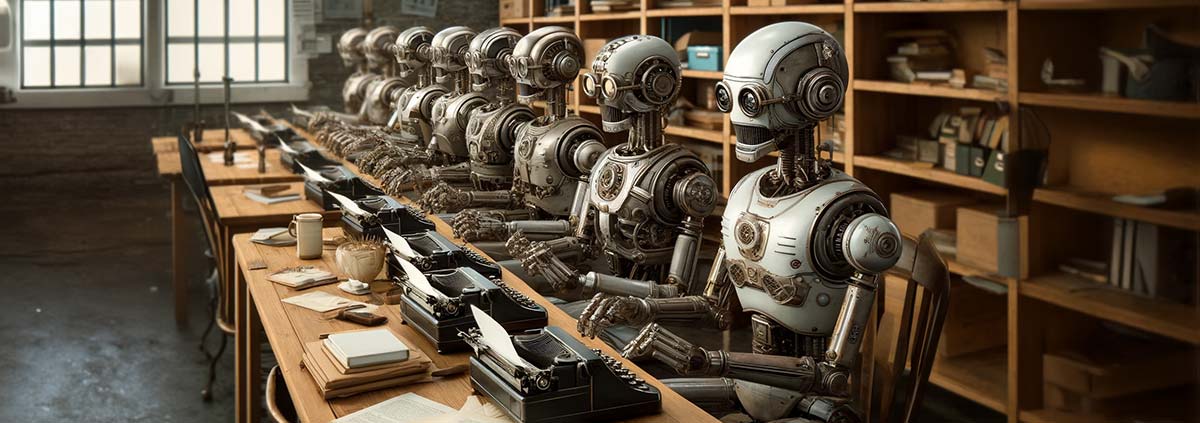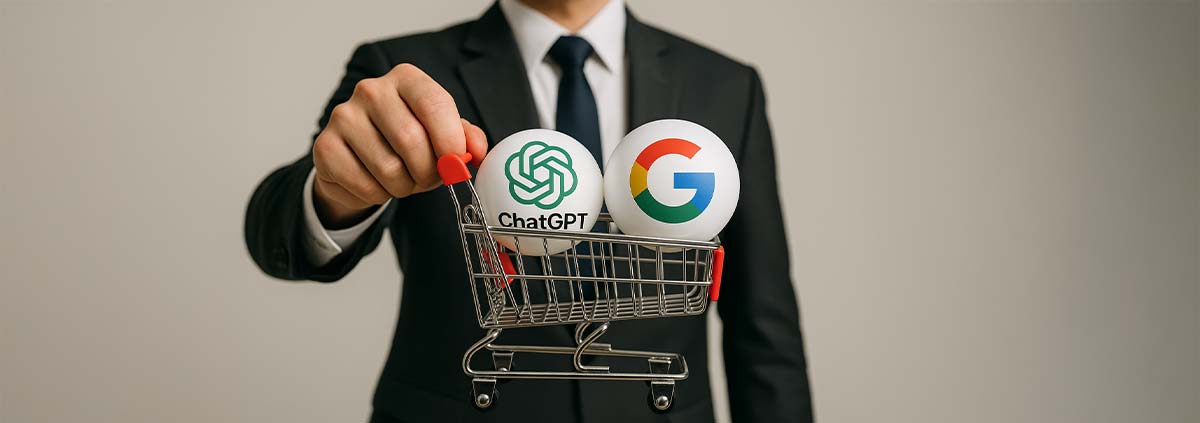| Thank you for Signing Up |


With the rise of machine-created images, known as AI images, the question of copyright ownership has become increasingly relevant.
The law is quite clear on this matter, and the U.S. Copyright Office has explicitly defined its position: there is no copyright protection for works created by non-humans. Therefore, the simple answer is that works generated by AI cannot be copyrighted.
However, as with many legal issues, the situation is not as straightforward as it seems. One major concern with AI images is that their creation is initiated by a human providing commands to a computer. This process often results in unique images, and only the person who triggered the image creation possesses the high-resolution version. Imagine you use an image, assuming it’s AI-generated and free of copyright, only to receive a copyright infringement notice or lawsuit from someone claiming ownership. How could you prove that the image was created by AI and not by a human author?
This is the core problem: you will likely find it challenging to prove otherwise, while the claimant has the original high-resolution image that you lack. The real issue is not whether AI images can be copyrighted, but whether you can prove that an AI created it. Ultimately, it’s never a good idea to use an image from the internet without proper licensing, and it’s risky to assume that an image is AI-created and free of copyright.
AI Derivatives
Another important aspect to consider is the question of originality and the creative threshold. Derivative works that achieve a certain level of creativity are considered original works. For instance, Andy Warhol’s art often took commercial packaging from copyrighted designs and transformed them into unique pieces of art. As a result, Warhol’s transformed works became his own copyrighted creations.
This principle is rooted in the idea that an artist’s freedom to borrow from existing works to create something new can fall under the protections of copyright law. However, the new work must be sufficiently original and creative to be considered distinct from the original. When an artist successfully transforms existing works into a new, unique image, the result is a copyrighted work that belongs to the artist
The concept of derivative works is outlined in 17 U.S.C. § 106(2) of The Copyright Act. This section grants the exclusive right to create derivative works from a copyrighted piece. According to The Copyright Act, a “derivative work” is defined as any creation that is based on one or more existing works, and similar laws can be found internationally.
This concept shows the delicate balance between using existing works and creating new, original art. The new creation must meet the creative threshold to qualify for copyright protection, ensuring that the artist’s originality is recognized and protected by law.
The lessons learned from this are that AI-created work can be modified, adjusted, transformed, colorized, painted, filtered, and extended with additional AI elements. The result can be something that is no longer fully AI-created but instead has been significantly altered by human input. When an image is modified to this extent, the chances are high that it becomes an original piece of work by the human artist.
Even though the image might retain digital elements and traces of AI creation, it is no longer entirely an AI-generated image. This distinction is crucial because people often assume that a digital image with AI characteristics is entirely AI-created. In reality, these images can be significantly altered and thus no longer qualify as purely AI-generated.
AI Copyright Controversy
As AI technologies are relatively new, the law has yet to fully adapt. Currently, laws regarding derivative works have primarily been applied to human-created works. This leaves the legal status of AI-generated works somewhat unclear.
Prof. Dr. Gervais from the Law School of the Vanderbilt University from Nashville, Tennessee raised an important question in his studies: “Does that mean that, to infringe the derivative work right (belonging to a third party), the derivative work must also be original?” (Gervais, 2022, p. 10). Legal experts suggest that the original work does not need to be created by a human for the derivative work to be copyrighted. If a human modifies an AI-generated image to the point where it reaches the threshold of originality, it could then be considered copyrighted.
Key Takeaways
As the debate continues in both legal and scientific communities, with discussions likely to evolve as AI-generated media becomes more prevalent, it’s important to understand the practical implications.
Below are some key takeaways:
- A fully AI-created image is not copyrighted.
This means you don’t need to worry about licenses when using AI technologies to create an image. However, if someone else uses the same AI-generated image, you cannot claim copyright. For instance, another user might have accessed the same image from the AI’s database without your knowledge. Since the image has no copyright, it is free for anyone to use. - Downloading from third-party websites.
Avoid downloading images from sources that appear to have created AI images for themselves. Without confirmation, you cannot know if the image has been modified by a human to achieve copyright status. It’s best to create AI images yourself or download them from reputable sources where you can properly license images.
Sources:
Gervais, Daniel J. (2022): “AI Derivatives: The Application to the Derivative Work Right to Literary and Artistic Productions of AI Machines”, Seton Hall Law Review, Vol. 53, 2022, Vanderbilt Law Research Paper No. 22-12, https://papers.ssrn.com/sol3/papers.cfm?abstract_id=4022665 (retrieved on 5/17/2024).
| Thank you for Signing Up |



 by
by 

